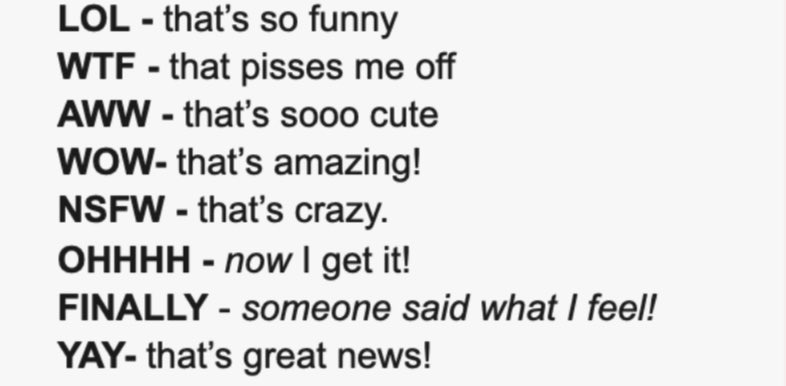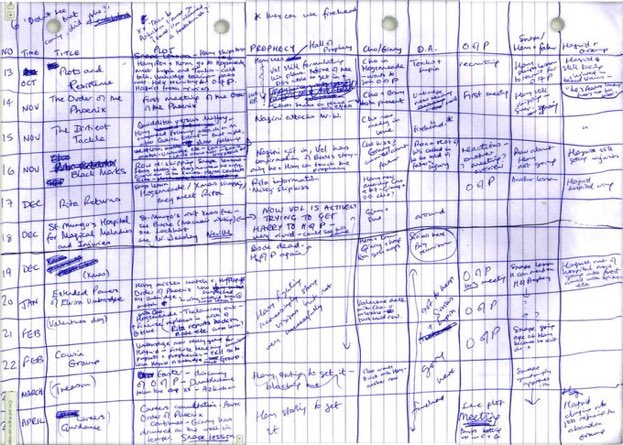
Outstanding stories that are put together with intelligence, understanding, passion, and vision, so that we, as viewers and readers, have the opportunity to react to characters and plots that both emotionally engage us and intellectually stimulate us. A story can consist of any kind of format, media and can be communicated via any channel, digital or analogue. A story can be created, but of course also curated. A story is about the output and the impact it has on the side of the audience, where content can (or should) become a story.
The good news is that, as content providers ourselves, we have the opportunity (and the responsibility) to learn both from highly visible mistakes but also from great examples of storytelling today.
Here are ten dead-simple hints how to become a better storyteller.
Cut the fluff
Most people amble on in backstory for 10 minutes or write an intro paragraph. This is a waste of time. Find the interesting parts of your story, jump right to it, and provide as little backstory as possible.
Start with the end in mind
What do you want the outcome of your story to be?
- Customer buying a product
- Friend laughing his ass off
- Users becoming paying members or subscribers
If you start with the end in mind, the intro and middle naturally funnel to that target. Keep your target in mind – always!
Make it emotional
People make decisions based on emotion. But it’s impossible to make your audience feel everything. Nail down 1-2 emotions and direct the entire story to amplify those. Some simple, useful hints from this list:

Raise the stakes
Apple realised the iPhone was competing on the same few features each release. So it raised the stakes: privacy. This tells two stories:
- Apple protects your privacy
- Competitors exploit your privacy
This story became a feature with iOS 14.5. It’s a great sample of storytelling.

Use data intentionally
Numbers tell, stories sell. But if used well, data backs up the story you’re telling. Good idea is to aim to use 1-3 high-impact data points to support any story.
Keep a story log
You have story-worthy moments every day but forget almost all of them. Simple fix:
- Create a two column spreadsheet (date and story)
- Before bed, take two minutes to write the best story from that day
You’ll start seeing stories everywhere.
Structure your story
Humans gravitate to structure. Luckily there are tons to wrap around your story:
- Hero’s Journey
- StoryBrand
Three Act Here’s the structure JK Rowling used for the 5th Harry Potter:

Talk to a niche
Great stories aren’t told to everyone. They’re told to the specific group of people who will resonate most with them.
The idea of “1000 true fans.”
Nail the hook
It doesn’t matter how incredible the rest of your story is if nobody sticks around for it. A few guidelines:
- Punchy
- Short
- “Big if true”
Sell the transformation
Great storytelling boils down to the transformation the Hero goes through. Nike never sells its clothing — it sells what the clothing can do for you.
“If you wear our stuff, you’ll jump like LeBron, run like Ronaldo, and hit like Serena.”

If you want to learn more about storytelling, we highly recommend to subscribe to this great newsletter called “World Builders”.






